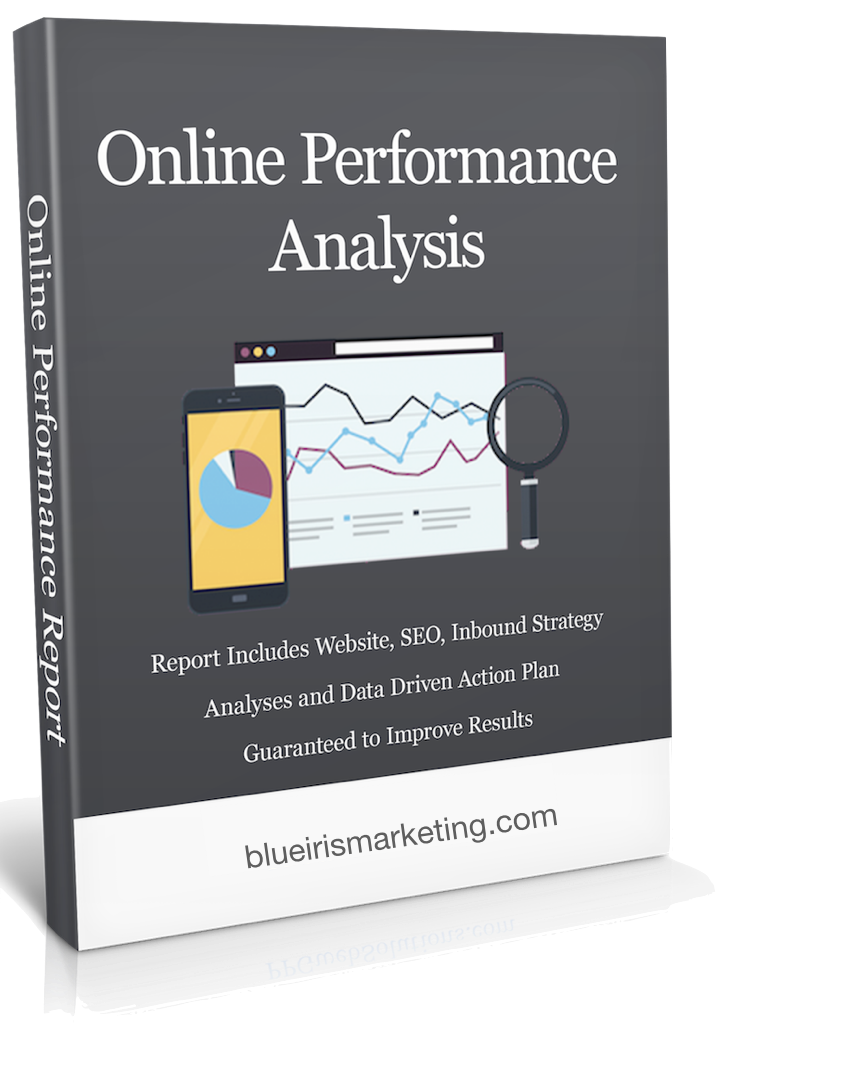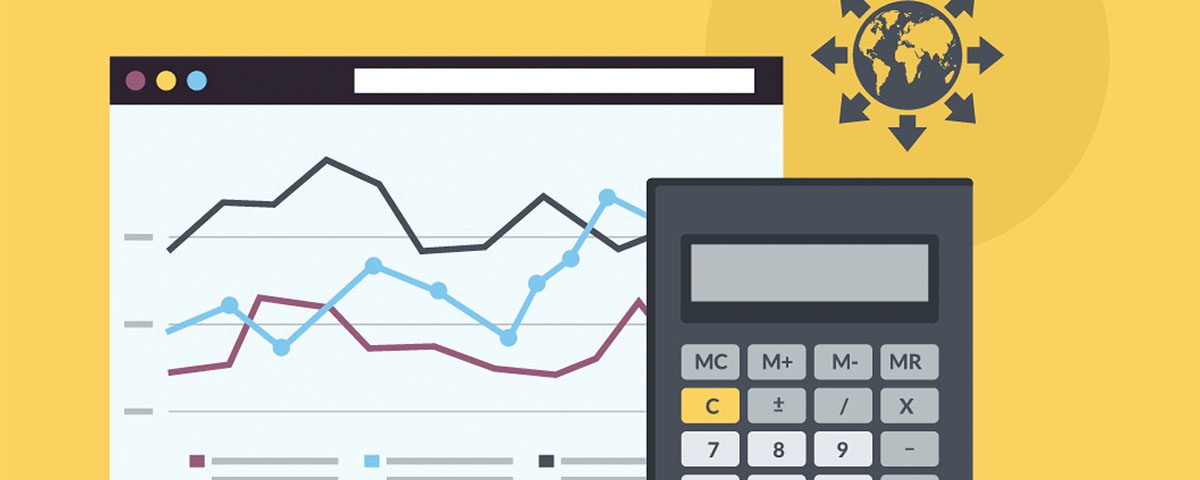On-Page SEO Checklist 2017: 21 Tips You Need to Know

Content Marketing Techniques You Need to Master in 2017
March 31, 2017
The Do’s and Don’ts of Link Building
April 14, 2017On-page search engine optimization (SEO) is the practice of optimizing each of your web pages so that they rank highly and attract your targeted buyer.
On-page SEO optimizes your on-page content and the page code so that the search engines can find the most relevant content for each searcher’s query. If that searcher happens to be your targeted buyer, the better and more relevant your on-page content and on-page technical optimization, the higher you’ll rank in the search results.
As expected, 2017 continues to emphasize user-benefit.
Your SEO is only as good as your content. If your content serves your audience’s needs, your on-page SEO will set you up to be indexed by the search engines properly.
I’ve written plenty about SEO. A Beginner’s Guide and Google’s Top SEO Ranking Factors. In this article, we focus on on-page SEO. As I’ve mentioned in my previous article about 2017 Ranking Factors, the first quarter of the year has delivered results and finding about what’s new, what’s different, and what will work to give your website an advantage in search engine page rankings (SERPs).
On-page SEO begins and ends with the user. – Neil Patel
On-page SEO is all about user experience
The optimization factors that matter most revolve around your audience’s experience:
- they can find your high-quality, highly relevant content that provides answers to their questions when they have them
- they can find you where they hang out online
- clicking through to your content is intuitive and delightful
Let’s parse that.
They can find answers to their questions – right when they have them:
First and foremost, your content is developed to answer your buyer’s questions. It is intuitive in that it knows how your buyer thinks and what they will need next. With that foundation, we can talk about how your on-page SEO helps search engines deliver your content to answer your buyer’s questions and resolve their needs.
Spiders find and crawl your pages and index them in the search engines. They’re called spiders because they’re web crawlers. You need to make it easy for spiders to crawl and feed your page to your audience when they search for you.
For all its sophisticated and high-tech artificial intelligence and ranking mysteries, search engines aren’t intuitive yet. You have to help them see how helpful and relevant your content is to those who need it.
Can search engines ‘crawl’ across your content smoothly? All your pages need internal links, your related blog posts mentioning each other. You need a good sitemap, always updated to delete and redirect old pages to the new.
They can find you where they hang out online:
This does not necessarily fall under the “On Page SEO for 2017” subject matter. But, suffice it to say, you need to be sure your content is being promoted (via your off-site SEO and content marketing strategy) to your target buyer’s demographics within the online arenas in which they frequent.
Clicking through to your content is intuitive and delightful
When your pages show up in the search engines page results, it is critical that they buyer finds what your search results imply they will find. It is also of the utmost importance that your on-page SEO provides an intuitive and delightful navigation and user experience.
On-Page SEO Checklist for 2017
- Quality Content. The higher the value and quality of your content, the better you’ll rank. It goes without saying that your on-page SEO has to be in ship shape. Search engines use a list of indirect methods to determine what visitors think of your content.
- Index Pages. Make sure your pages are indexed. Search Engine Land has some tips and here’s a tool to get you started. Get rid of duplicate content and prevent indexing of pages with no value.
- Brand Value. Your brand has indicators of its value. Some of the indicators of a healthy brand include:
- On page time or bounce rate
- Site rank your country and globally
- Domain Authority
- Site trust score
- Number of Visitors
- Social Signals
- Bookmarks
- Quality Backlinks
- Repeat visitors
- Frequent, quality blog comments
- Subject-relevant, Short URLs. SEO-friendly URLs are right on top of Backlinks list of On-page SEO Factors. Again, it’s for user experience. Your URL should clue your reader in on what your article or page would provide. Search spiders and bots aren’t smart enough to guess either. They’ll get information from your URL. Keep it simple and keyword-rich. And if you change it, there’s a process to that. This leads us to…
- Page Titles Should Start with a Keyword. Your title tag is the most important on-page SEO factor. Search engines are looking for titles with the keyword at or very near the beginning of the title.
- Long-tail Keyword Titles. Use high-ranking, long-tail keyword phrases as your title.
- Titles: Wrap That Thing. Be sure to wrap your blog post title with H1 tag.
- Leverage Visual Assets. Keep your readers engaged with relevant and entertaining images, infographics, videos, gifs, memes, etc. This will help increase time on your page, reducing bounce rates.
- Subtitles: Wrap Them in H2 Tags. Create effective titles that tell your viewer what they can expect to read. While it isn’t a hugely important factor, it does help and it helps your reader skim the page for exactly what they are looking for.
- Keywords and Long-tail Keyword Phrases. If you can address the topic, using the keywords that are in your title, in the first sentence that’s a big win. Be sure you have used your keyword or keyword phrase in the first 100 – 150 words.
- Mobile Responsive Design. It must be responsive, intuitive and the visitor must be able to get to their desired content within 2 clicks or less. A shallow site structure, where your pages are no more than 3 levels deep. Keep getting more and more mobile friendly.
- Site Map. Your sitemap tells search engines about your site structure and helps them discover new content more quickly. It’s important to keep it clean, fresh and as short as possible.
- Outbound Links. There has been a lot of chatter about whether this is still important. I believe that it is the right thing to do by your reader. If you are providing important facts, you should link to the source. If there are relevant, non-competitive support resources that will help your buyer, by all means, link to them.
You want your site to be the hub of high-quality resources. Link to the big guns. High quality, high authority, relevant outbound links are helpful to your readers AND a signal to Google about the relevance and trustworthiness of your page.
It’s not links for the sake of links, either. That’s also old hat. Related topics and keywords tell Google your page covers a topic accurately and comprehensively. This is absolutely essential for on-page SEO and avoiding “thin content.”
- Link to your Content. Be sure to use internal links to your own relevant content.
- Page Speed. Page speed is a huge factor. With the growing number of mobile searches, if your page doesn’t load quickly (less than 4 seconds), your visitor will bounce. MunchWeb discovered that 75% of users won’t even revisit a slow site.
- Use Contextually Relevant Keywords. Google’s algorithm is pretty intelligent. If Content is King, Context is Queen. It will actually look for “LSI” keywords. LSI is based on the principle that content or a collection of text has primary keywords as well as latent terms and words that are commonly referred to in concept searches.
- Optimize Images. Images have alt tags. Be sure to name your images using relevant keywords. Alt tags are lowercase phrases with no spaces and dashes between each word.
- Provide Social Share Buttons. Make it easy for your readers to share your content. Social buttons aren’t essential, but you want to give your visitor the option to share your article with their friends, or perhaps for their own reading later. More social shares signals to Google that people like your content.
Nicely-presented, easy to use social buttons boost social shares. And more social shares also result in more visits/views, which ALSO tells Google that people find your content useful. The higher your social signals, the more SEO juice you get and this influences SERPs.
- Long Content Out Performs Like Quality Short Content. Pages that rank number one in the SERPs contain high-quality, highly relevant content consisting of about 1900 – 2200 words. Longer content tends to rank better on search engines. Word count depends on your niche. But word count has nothing to do with it, coverage does. If you’ve done your homework, and you’re aiming to be among the best pieces in your topic, you’d cover more, resulting in a longer word count.
- Increase Time on Page, Reduce Bounce Time. When someone clicks away from your page it tells Google that your content was not relevant to that particular search. It also logs the time on page. High bounce rates correlate with lower SERPs.
- Meta tags and meta description. Your meta tags tell search engines what your page is about and meta descriptions tell your audience what your page is about. Unless you completely fake your meta tags and description, your audience would love you for that preview, and Google likes it when you’re helpful even before people click on you.
Not sure if your on-page SEO is in tip top shape?
Find out for sure. Have your website, SEO and inbound marketing efforts analyzed. You’ll learn what is keeping your site from achieving peak performance.
If you are ready to learn more, use the form at the bottom of the page to schedule a live consultation.
No obligation. No pressure to buy. I promise.
The only thing you have to lose is not getting the information you need to increase your website performance and new client revenue!
Get Your FREE Website and SEO Analysis Today
 Using data-driven analyses and research, we will conduct a thorough performance audit of your:
Using data-driven analyses and research, we will conduct a thorough performance audit of your:
- Website Performance
- Brand Performance
- Inbound Marketing Strategy
- Search Engine Optimization
- Competition
- Social Signals
- Domain Ranking and Rating
Request A Consultation




